Atlanta Water Quality at a Glance
significant concerns
Is Atlanta Water Safe to Drink?
Generally Yes, With Caution – Atlanta water meets federal standards, but the city faces significant contamination concerns including PFAS detection in metro area systems. Major issues include chromium-6 at levels 7-10x safety guidelines and extreme disinfection byproduct levels. Lead contamination also affects some areas, with 6 of 66 samples exceeding action levels in 2020.
⚠️ Key Concerns for Atlanta Residents
- PFAS “Forever Chemicals”: Detected in multiple metro Atlanta water systems including Clayton County, Austell, and Covington
- Chromium-6: Cancer-causing hexavalent chromium at 7-10x safety guidelines (0.094-0.21 ppb vs 0.02 ppb recommended)
- Disinfection Byproducts: Extreme levels – chloroform at 85x guidelines, HAA5 at 369x guidelines, approaching EPA limits
- Lead: 6 of 66 samples exceeded action levels in 2020 testing, with no safe level for children
Read the full report below for detailed analysis, city-specific data, and actionable recommendations for Atlanta residents.
Atlanta – Georgia – Water Quality Report 2025: PFAS Testing, Infrastructure Concerns & Safety across your city
Atlanta’s Department of Watershed Management (DWM) serves over 1.2 million residents across the city and parts of Fulton, DeKalb, and Clayton counties. The utility manages approximately 2,000 miles of water mains, two primary drinking water treatment plants, and multiple reservoirs, delivering roughly 135 million gallons daily to this dynamic southeastern metropolitan center.
Atlanta draws its drinking water primarily from the Chattahoochee River and Lake Lanier. Despite abundant annual rainfall (approximately 50 inches), Atlanta faces unique water challenges due to its location near the headwaters of major river systems and limited natural water storage. The city has transformed its water system since the early 2000s, implementing significant infrastructure improvements following a federal consent decree. Atlanta’s water management approach now balances infrastructure modernization, watershed protection, and climate resilience planning for this rapidly growing urban center.
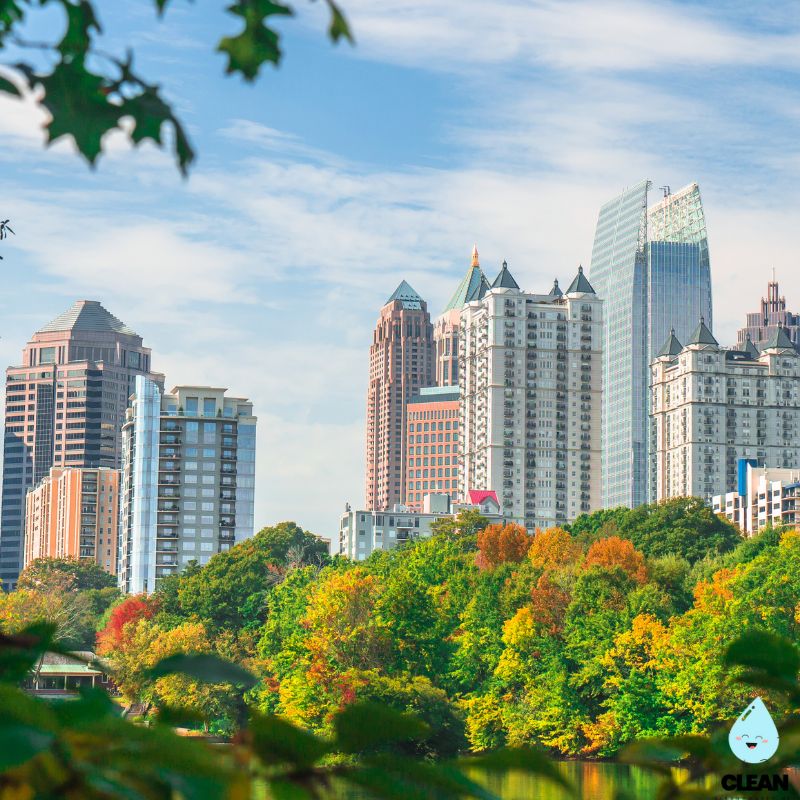
Atlanta Water Quality: Current Status (2024-2025)
Latest Testing Results
- Lead Levels: 2020 testing showed 6 out of 66 samples exceeded the EPA action level of 15 ppb, though the system remained in compliance as less than 10% of samples exceeded the limit. More recent data shows ongoing improvements through enhanced corrosion control.
- Testing Scope: Atlanta conducts extensive water quality testing annually, including enhanced monitoring at residential sites and comprehensive source water surveillance.
- Compliance Status: Atlanta’s water meets all federal and state drinking water standards, maintaining compliance with EPA and Georgia Environmental Protection Division regulations as of the latest assessment period (April-June 2024).
River-Based Water Supply
- Chattahoochee River: Primary source providing the majority of supply with intake points at multiple locations, though water quality varies seasonally with rainfall and upstream conditions.
- Lake Lanier: Secondary source providing additional capacity and flexibility during drought conditions.
- Watershed Protection: Comprehensive source water protection programs including buffer zone preservation, stormwater management, and upstream monitoring.
Treatment Excellence
- Advanced Filtration: Hemphill and Chattahoochee Water Treatment Plants employ multi-stage filtration processes including conventional treatment, coagulation, sedimentation, filtration, and disinfection.
- Disinfection System: Atlanta uses chlorine-based disinfection with careful monitoring to balance pathogen control while minimizing disinfection byproduct formation.
- Corrosion Control: Optimized orthophosphate addition prevents lead leaching from pipes, with treatment adjusted based on extensive water chemistry monitoring.
Infrastructure Transformation
- Capital Improvement Program: Significant investment in water system upgrades since 2000, addressing aging infrastructure, water quality, and capacity challenges through federal consent decree requirements.
- Water Main Replacement: Accelerated pipe replacement program targeting aging infrastructure and areas with histories of water main breaks or water quality concerns.
- Bellwood Quarry Reservoir: Completed $320 million project creating a 2.4 billion gallon reservoir that extends Atlanta’s water supply from 3 days to 30+ days of emergency storage.
Climate Resilience Planning
Atlanta has implemented a comprehensive climate adaptation strategy, addressing both the flooding risks from intense rainfall events and drought vulnerability. The city’s “Multi-Jurisdictional Hazard Mitigation Plan” includes water system redundancy, emergency interconnections with neighboring utilities, and sustainable infrastructure design. DWM has incorporated green infrastructure throughout the watershed to manage stormwater, reduce flooding impacts, and improve source water quality. The Proctor Creek Watershed Improvement Program reduces flooding risks in vulnerable neighborhoods. Atlanta’s position at the headwaters of major river systems necessitates careful water resource management, as the city must balance its needs with downstream communities while preparing for increasingly variable precipitation patterns due to climate change.
Recommendations for Atlanta Residents
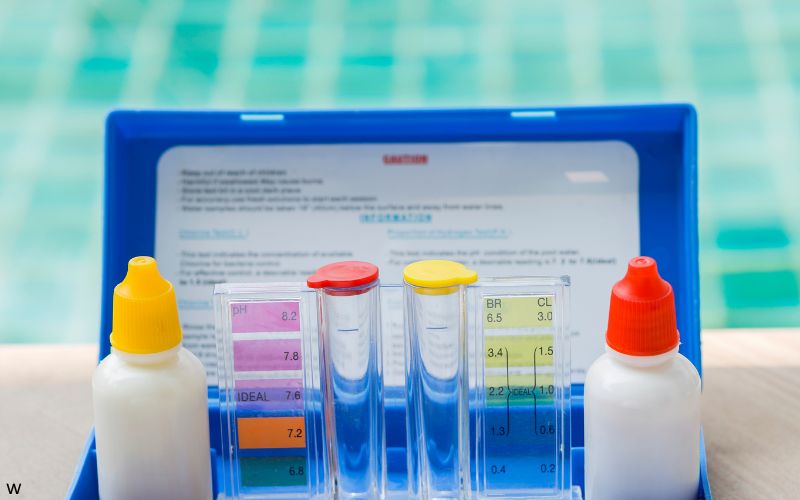
Request Water Testing
Schedule free water testing through Atlanta’s Department of Watershed Management by calling 3-1-1 or (404) 546-0311. Testing is especially important for homes built before 1986 or with known lead service lines.
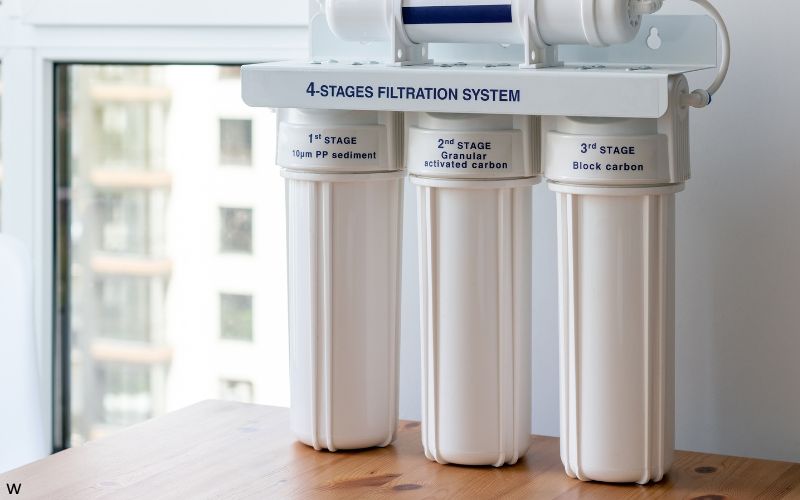
Use Certified Filters
If your home was built before 1986, use NSF-certified filters (Standard 53) for drinking and cooking water. Filters are particularly important during periods of high turbidity after heavy rainfall.
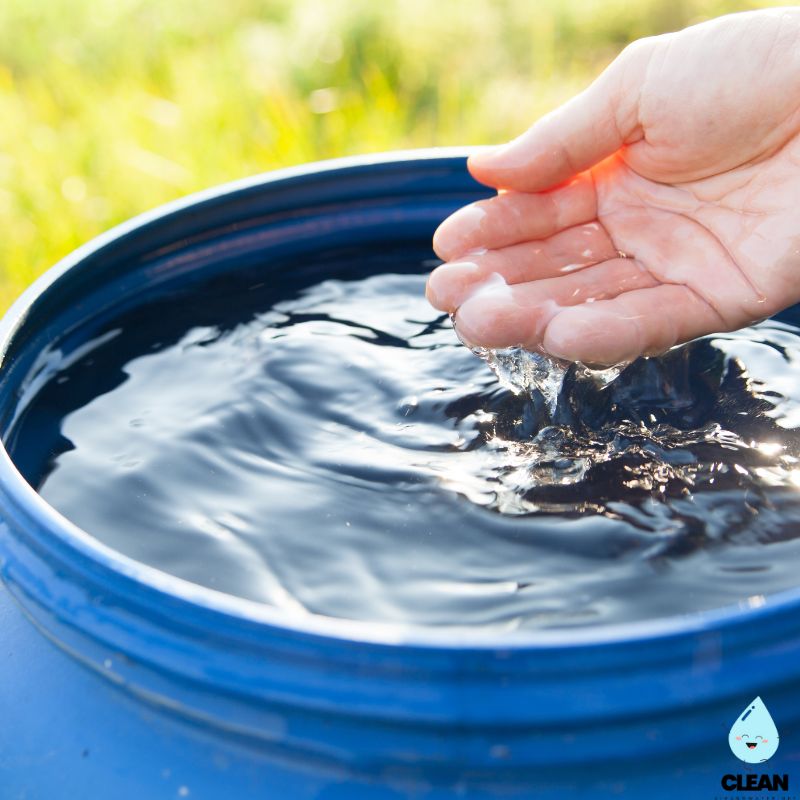
Harvest Rainwater
Take advantage of Atlanta’s ample rainfall with rain barrels and cisterns. The city offers rebates for rain harvesting equipment, which helps reduce stormwater runoff and conserves treated water.

Flush After Discoloration
If you notice temporary discoloration after heavy rain or nearby water main work, run cold water for 3-5 minutes until clear. Contact 3-1-1 if discoloration persists beyond 15 minutes of flushing.
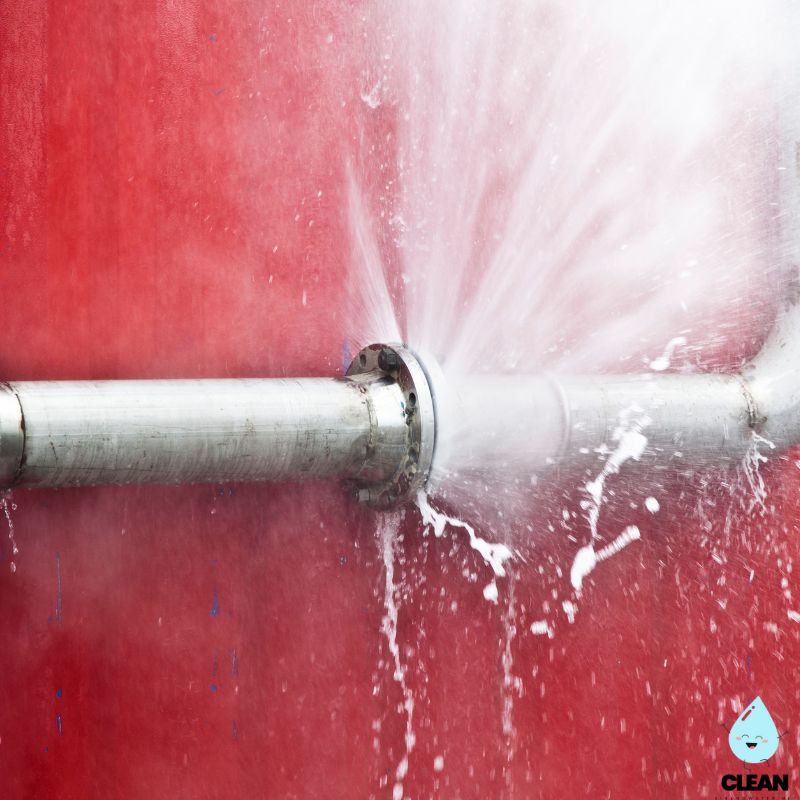
Report Issues Promptly
Report water main breaks, unusual water quality, or pressure problems immediately to Atlanta 3-1-1. During heavy rainfall events, reporting issues helps DWM prioritize emergency response.
Quality News About Your Water
Get the comprehensive water quality news coverage you need with our dedicated US Water News Service. From coast to coast, we deliver in-depth reporting and expert analysis on PFAS contamination, EPA regulatory changes, infrastructure developments, and emerging water safety issues affecting communities nationwide. While mainstream media only covers the biggest stories, we provide the detailed, ongoing coverage that helps you understand the full scope of America’s water challenges. Whether you’re a concerned citizen, water professional, or community leader, our daily updates and analytical insights keep you informed about the issues that matter most to public health and environmental safety.
Frequently Asked Questions
Is Atlanta’s tap water safe to drink?
Yes, Atlanta’s tap water is safe and meets all federal and state drinking water standards. The city’s water undergoes extensive treatment at our Hemphill and Chattahoochee Water Treatment Plants, including coagulation, sedimentation, filtration, and disinfection.
DWM conducts extensive water quality testing annually, monitoring for numerous potential contaminants. Recent lead testing shows the system remains in compliance with EPA standards, though residents in homes built before 1986 may want to use certified filters as an extra precaution.
During heavy rain events, you may occasionally notice temporary discoloration or taste changes. This is typically due to increased sediment in our river sources and is addressed through treatment adjustments. If concerned, call Atlanta 3-1-1 for free water quality testing.
Why does my water sometimes appear discolored?
Occasional water discoloration in Atlanta is typically caused by:
• Heavy rainfall: Increased sediment in the Chattahoochee River following storms
• Water main breaks or repairs: Disturbances in pipes can dislodge mineral deposits
• Fire hydrant testing: Changes in water flow direction can stir up sediment
• Older pipes: Cast iron pipes may release iron particles causing reddish-brown color
This discoloration, while aesthetically unpleasant, is typically not a health concern. If you notice discoloration, run cold water for 3-5 minutes until clear. If it persists for more than 15 minutes of flushing, contact Atlanta 3-1-1 to report the issue.
What improvements has Atlanta made to its water system?
Since the early 2000s, Atlanta has made significant water system improvements following a federal consent decree:
• Treatment Plant Upgrades: Modernized Hemphill and Chattahoochee plants with advanced filtration and monitoring technology
• Water Main Replacement: Accelerated program replacing aging pipes, with priority on older infrastructure
• Bellwood Quarry Reservoir: Completed $320 million project creating 2.4 billion gallon emergency water storage
• Smart Meters: Advanced metering infrastructure helps detect leaks and monitor system performance
• Watershed Protection: Enhanced buffers and stormwater management to protect source water
These investments were driven by a federal consent decree requiring system improvements and have resulted in significantly better water quality and reliability.
How is Atlanta addressing water conservation?
Though located in a relatively water-rich region, Atlanta has implemented comprehensive conservation measures:
• Tiered Rate Structure: Progressive pricing that encourages efficient water use
• Fixture Rebates: Financial incentives for water-efficient toilets, washing machines, and irrigation controllers
• Leak Detection: Smart meters alert customers to potential leaks
• Commercial Efficiency: Water audits and retrofits for businesses and institutions
• Education Programs: School and community outreach on water conservation
• Water Reclamation: Treated wastewater used for non-potable purposes
These efforts have helped manage Atlanta’s water needs within the constraints of the tri-state water agreements governing the Chattahoochee River Basin.
Contaminants of Concern
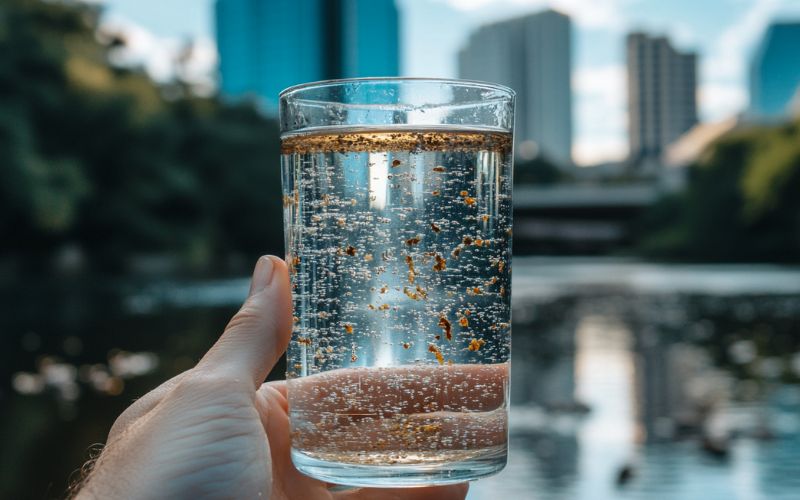
Disinfection Byproducts
Source: Formation when chlorine disinfection reacts with organic matter in source water from the Chattahoochee River
Health Effects: Long-term exposure may increase risk of bladder cancer and liver, kidney, or central nervous system problems
Current Status: Haloacetic acids: 24-56 ppb (EPA limit 60 ppb); Total trihalomethanes: 27-72 ppb (EPA limit 80 ppb)
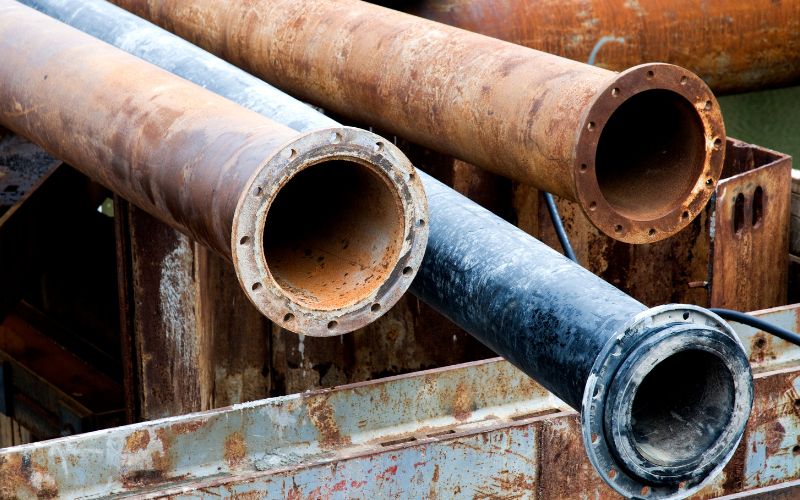
Lead
Source: Lead service lines and older plumbing fixtures in homes built before 1986; Atlanta has ongoing lead service line replacement programs
Health Effects: Developmental delays in children, reduced IQ, learning difficulties, kidney problems, cardiovascular effects in adults
Current Status: 2020 testing showed 6 out of 66 samples exceeded EPA action level of 15 ppb; system remains in compliance as less than 10% exceeded limit

PFAS & Chromium-6
PFAS Status: Atlanta area water systems have detected PFAS contamination, with Clayton County, Austell, and Covington showing levels above EPA minimum reporting thresholds; ongoing monitoring under EPA regulations continues.
Chromium-6: Detected at average levels of 150 parts per trillion, approximately 7-10 times higher than health guidelines recommend (0.02 ppb).
Please read – our information
The information presented on cleanairandwater.net is compiled from official water quality reports, trusted news sources, government websites, and public health resources. While we strive for accuracy and thoroughness in our presentations, we are not scientists, engineers, or qualified water quality professionals.
Our mission is to present water quality information in an accessible, real-world format that helps people understand what’s in their water and make informed decisions about their health and safety. We believe that complex environmental information should be available to everyone in a format that’s easy to understand.
We make every effort to ensure our content is current and accurate, but we cannot guarantee that all information is complete or error-free. This website should not replace official communications from your local water utility or health department. We always recommend consulting official sources for the most up-to-date information regarding your specific water system.
Clean Air and Water is not liable for any unintentional errors, omissions, or outdated information. The content on this site is provided for informational purposes only and should not be considered professional advice.


